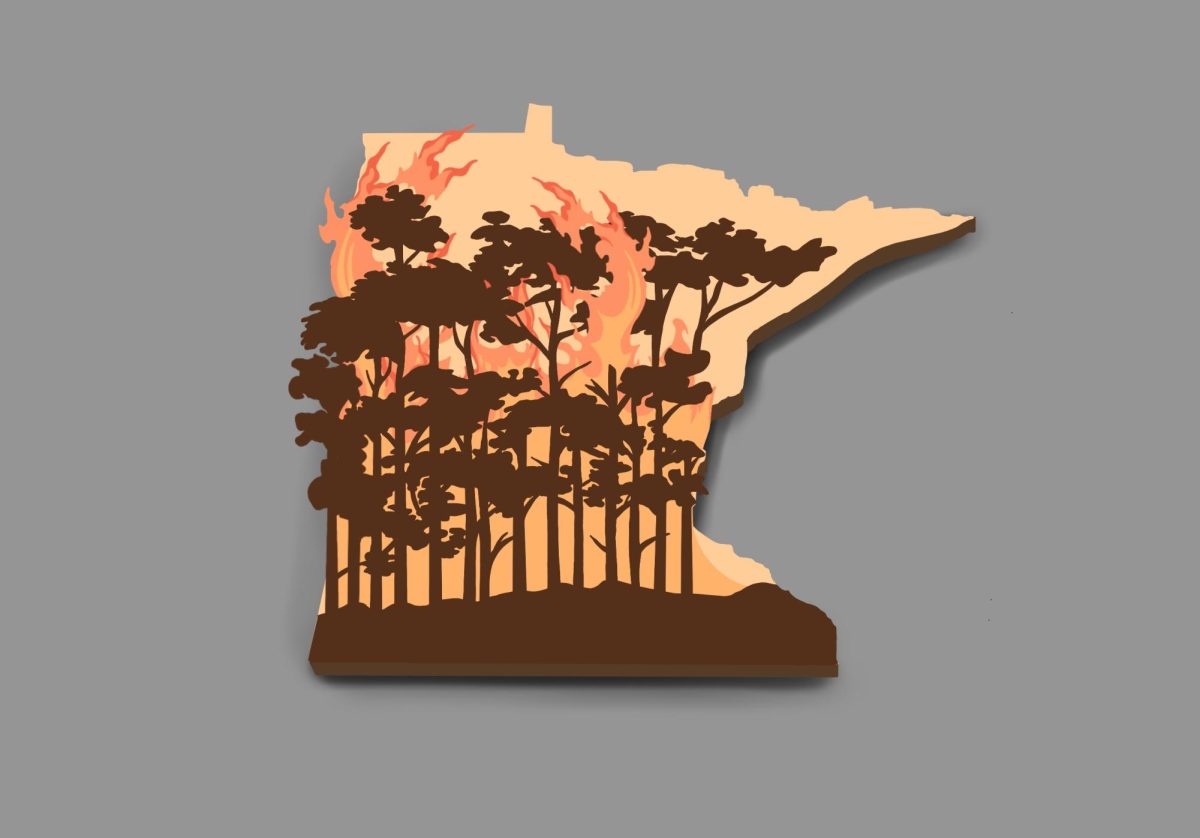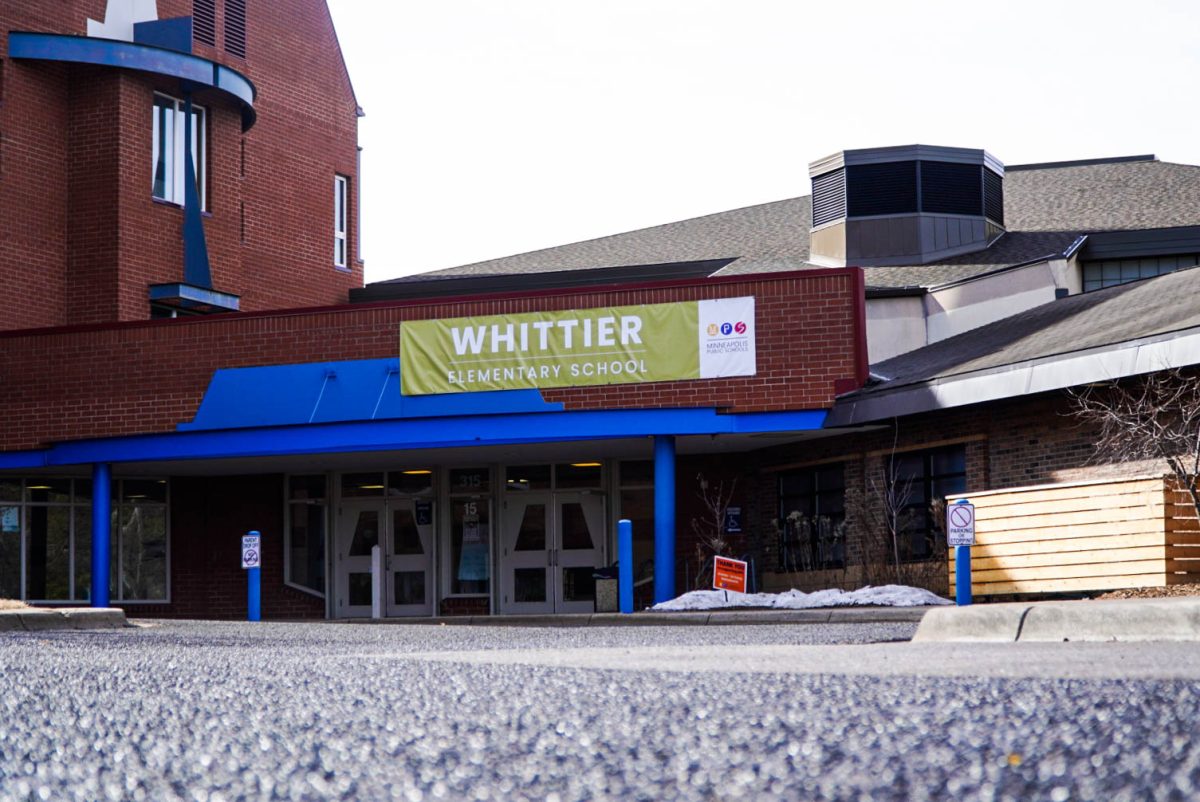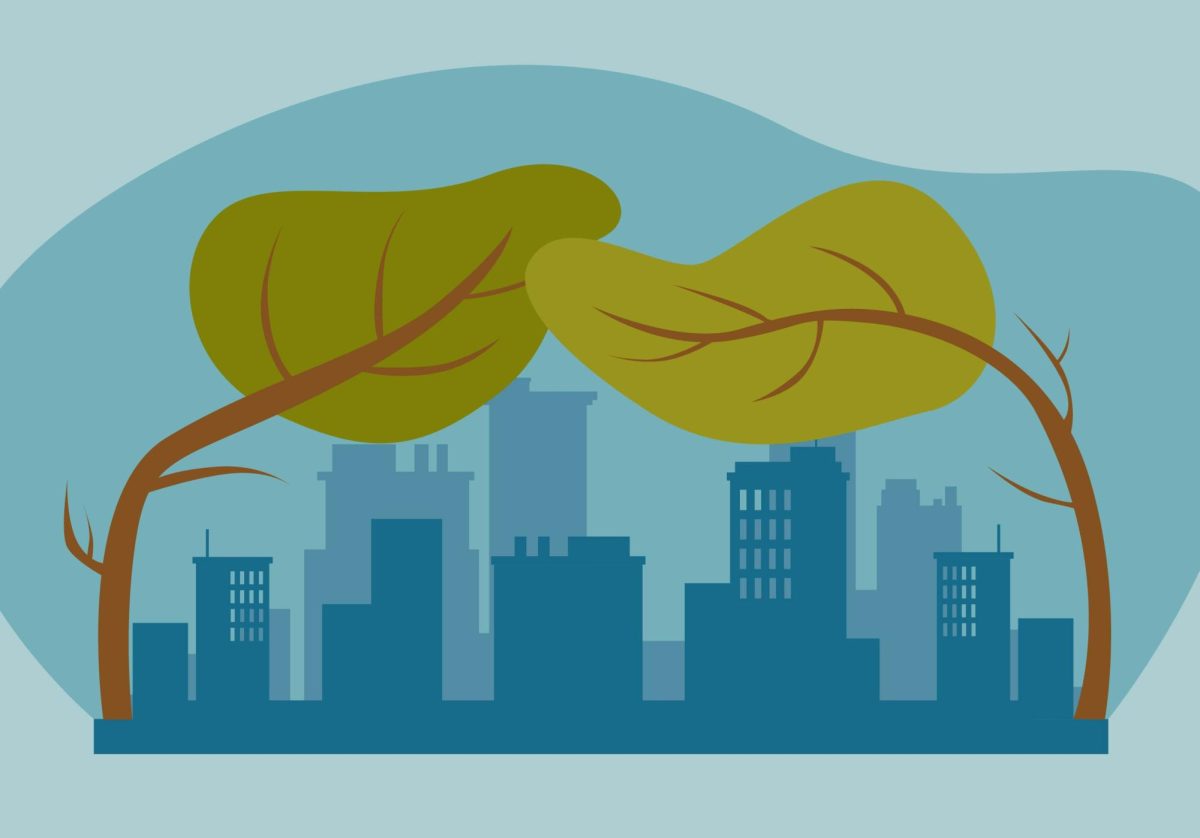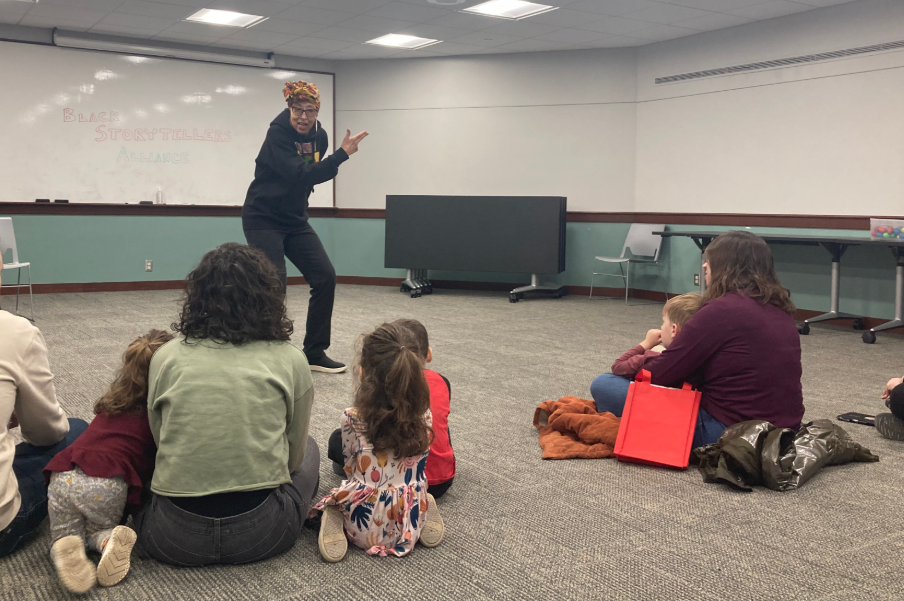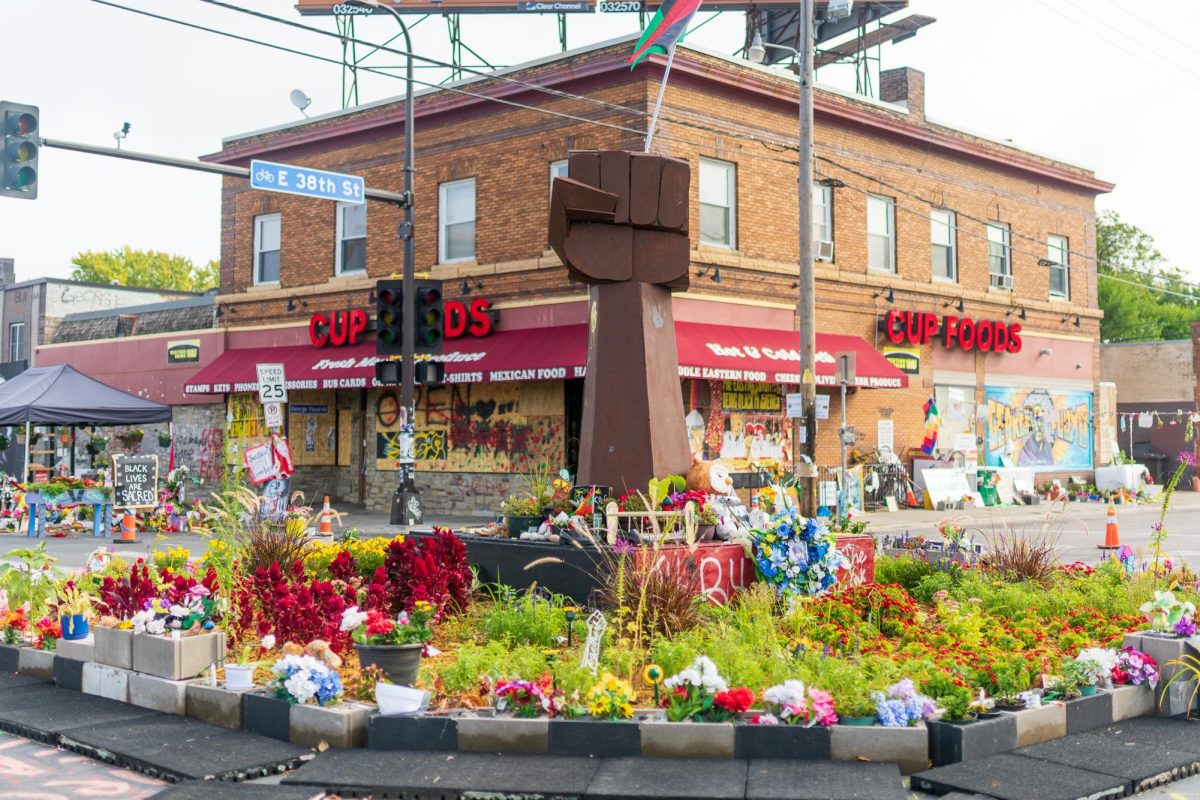Minnesota may not be the first place that comes to mind when thinking about wildfires. However, with over 17 million acres of forest in Minnesota and a rise in forest fires worldwide, efforts to educate people about preventing forest fires continue to heat up.
State programs like Firewise or the Minnesota Department of Natural Resources (DNR) wildfire prevention program help educate people on how to prevent and prepare for wildfires.
Extreme wildfires have doubled in the last 20 years, according to a recent study. However, there are ways to prevent harm to homes and communities.
Keeping communities safe through management and prevention
Intense and severe fires are preventable to a limited extent, according to Lee Frelich, director of the Center for Forest Ecology at the University of Minnesota.
“You can’t really do it over the whole landscape, but you can do it in certain areas,” Frelich said.
There is a program in Ely, Minnesota to remove Balsam Fir trees from understory plants that fuel and spread fire to the tops of trees, Frelich said. Ground fires are easier to manage because they are “lower in intensity” and make it easier to protect homes or cities, he added.
Indigenous people in Minnesota used to do prescribed burns on the landscape, Frelich said. These small, periodic burns helped clear the understory and protect communities from severe and intense fires.
Karen Harrison, a wildfire prevention specialist for the DNR, said Minnesota’s Firewise program also works to help people protect their homes and communities from intense wildfires.
“You might be removing brush, trimming your trees that are close to your house, making sure your driveway has a large enough access for fire trucks to get in and out of, lots of different things like that,” Harrison said.
Harrison said natural occurrences like lightning strikes can cause wildfires, but most fires are caused by people unintentionally.
The DNR has seen a decrease in wildfires since starting its wildfire prevention program in the early 2000s, which shares information on fire safety and avoiding sparks, Harrison said.
“You should stay by your fire,” Harrison said. “If you’re leaving, put it out and make sure it is out cold.”
With the amount of precipitation this summer, Harrison said the current wildfire risk is low throughout the state. Even though wildfire risk is currently low, it is difficult to predict what conditions will be like in the future.
“We kind of know on a day-to-day basis what the fire risk is going to be, but we can’t predict how many wildfires there will be or necessarily how large they’re going to be,” Harrison said.
Assessing wildfire risk
The DNR considers many different factors when determining wildfire risk including the density of smaller, understory plants in the landscape, temperature, humidity and precipitation, Harrison said.
Minnesota has two main wildfire seasons, Harrison said. The most common time for wildfires is from the end of March to the end of May, and the second highest season occurs in the fall.
“The vegetation is drying out as we get into colder weather, so wildfire potential goes up again,” Harrison said.
Before European settlement, the forests in Northern Minnesota had more severe fires every 80 to 100 years, but that changed in the early 1900s as the climate got more humid and more trees were cleared for lumber and fire suppression, Frelich said.
By the end of the 1900s, the climate started to warm and conifer forests grew back, Frelich said. Today in far Northern Minnesota, the fire cycle is back to about 100 years.
“The question is, is that a step towards a new regime with climate warming where they will come even more frequently? Or is it just a return to the normal?” Frelich said. “I can’t really answer that question yet because the return of the higher frequency of fires in Northern Minnesota has only been the last 20 years.”


